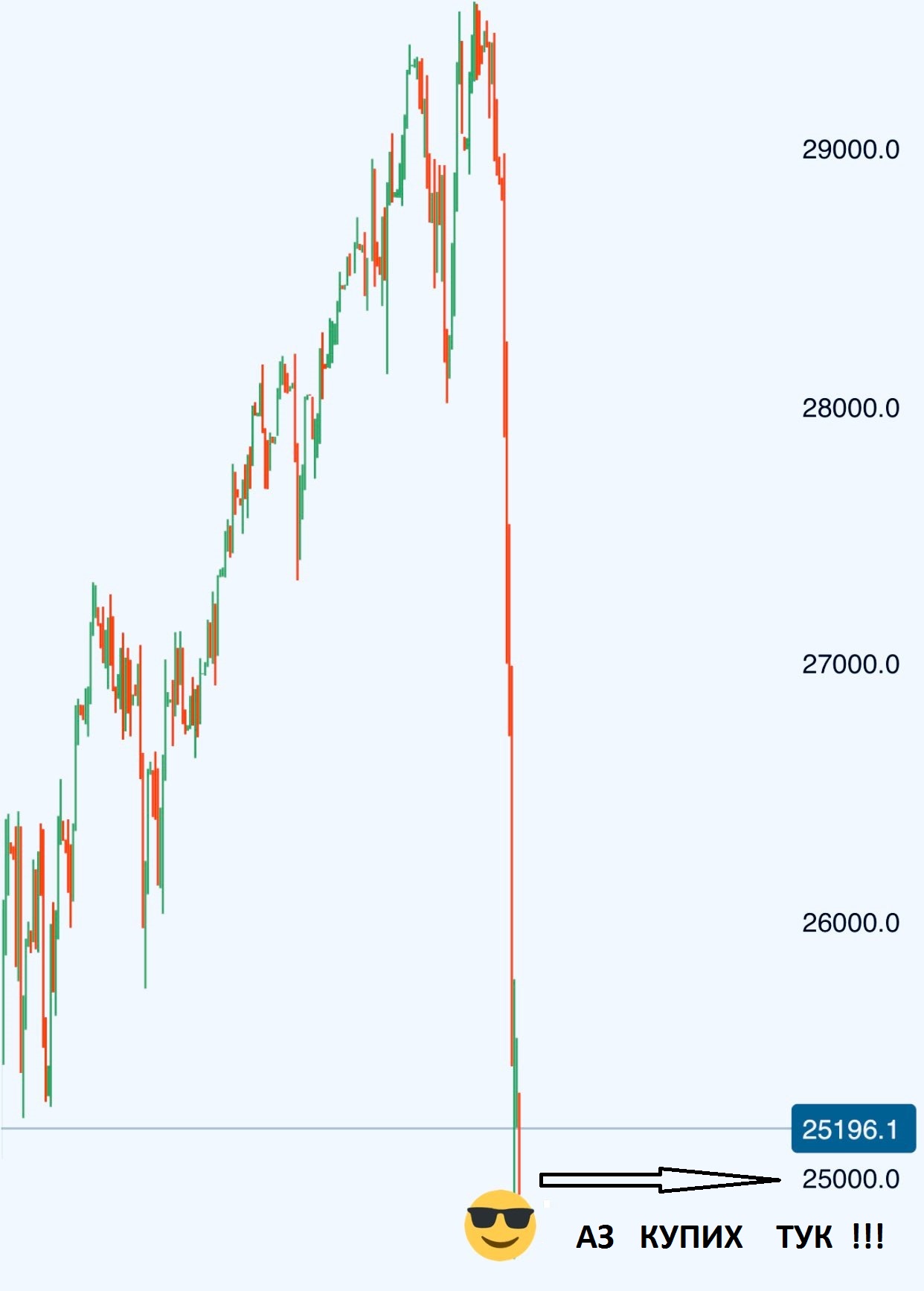Първоначално изпратено от ED
Разгледай мнение

https://www.inquisitr.com/2618106/donald-trump-amazon/







Коментар